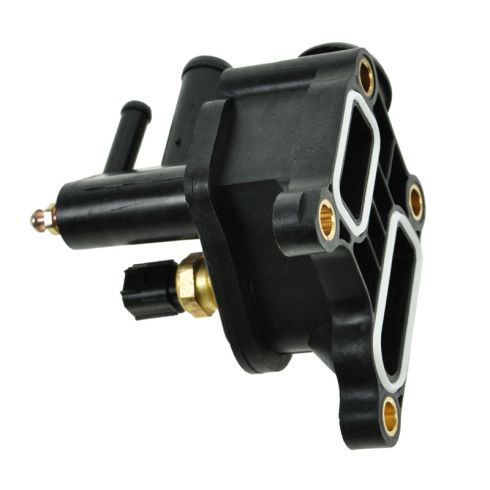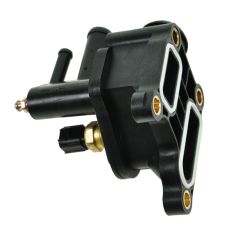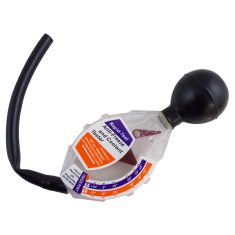1AEMX00035-2001-06 Dodge Stratus Chrysler Sebring Thermostat Housing TRQ ECA92772

Replaces
2002 Chrysler Sebring Convertible V6 2.7L Thermostat Housing TRQ ECA92772

Frequently bought together
Product Reviews
Loading reviews
4.50/ 5.0
10
10 reviews
October 18, 2017
excellent service and shipping great price and the video for this product was extremely helpful..thank you
What more can I ask for?
April 30, 2018
The part was exactly the same as the one already on the car. (04 Sebring) My car stopped working just before I was gonna put it on, and when I asked for a return- they gladly refunded my money and didnt even ask me to ship the item back!
Immediate shipping
July 29, 2019
Excellent experience as always.
Perfect fit!!
March 19, 2020
Perfect fit!! Video for installation was exact. Very easy project to fix my coolant leak.
Absolutely identical to factory one.
July 25, 2020
First off it fits and looks identical to the factory. What I really didnt expect was it coming with the sender. I figured it was shown so you could identify it with your own. Worth the money.
Good quality
May 20, 2021
So far I have had this part on my car for 2 years with no issues. The part is exactly the same as the oem part and come with the gasket set. Usually the housing itself is not bad but the gasket fails, bit with the part being so cheap replacing the housing and the gasket is just the smart thing to do. Great quality part and have not had a coolant leak for 2 years.
October 13, 2021
Sensor wasnt tight which resulted in a leak shouldve known to check it before install otherwise it was fine
Perfect
February 7, 2022
Perfect
Would highly recommend this part
June 6, 2023
Identical part and no more leaks!! Decent price also.
2006 Chrysler Sebring convertible 2.7
April 10, 2024
I purchased this for my car when the original started leaking...it took care of the leak and was easy to install..it was actually built a little heavier than the original. It also comes with the gasket already installed.
Customer Q&A
What are torque specifications for therma stat housing on 2005 dodge stratus?
December 30, 2016
10
sorry we do not have this spec avail. Maybe a Chilton or Haynes repair manual would be of assistance
January 1, 2017
Brian F
Not counting bleeder sending switch, Is the part glued together or a completely one piece.?
May 21, 2021
10
This is all molded as one piece, minus the bleeder.
May 21, 2021
T I
Does this come with the gasket?
March 14, 2024
10
Thank you for your inquiry! Gasket will not be included. You may use your original or source it out locally.
March 14, 2024
Jean O
10
It came with the rubber seal already installed on it...it did not require any other gasket
April 10, 2024
Steven M
Chrysler is a registered trademark of FCA US LLC. 1A Auto is not affiliated with or sponsored by Chrysler or FCA US LLC.
See all trademarks.









